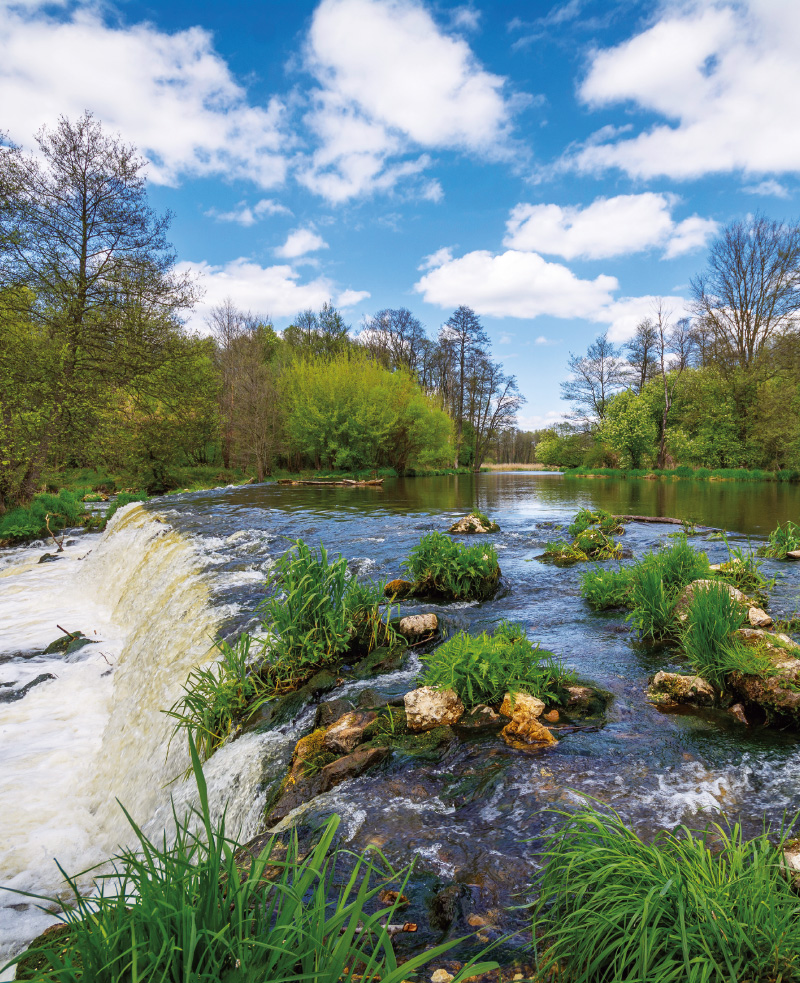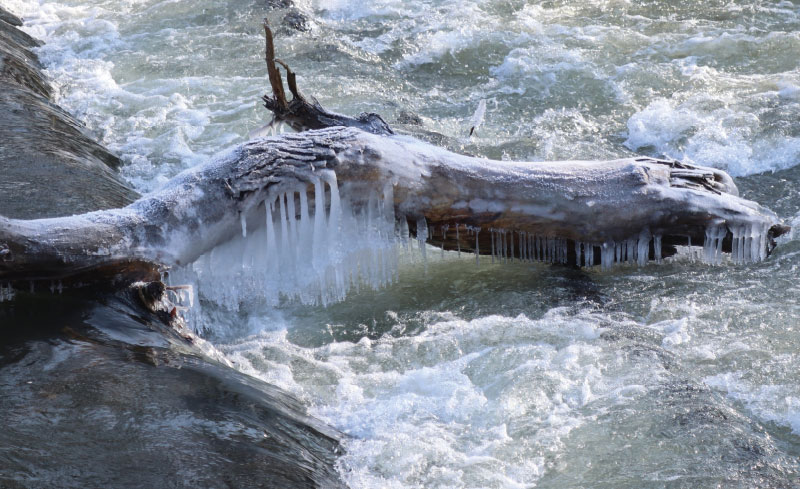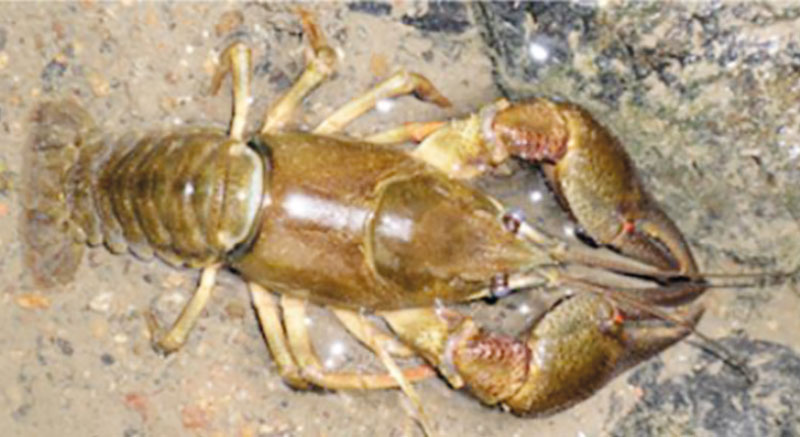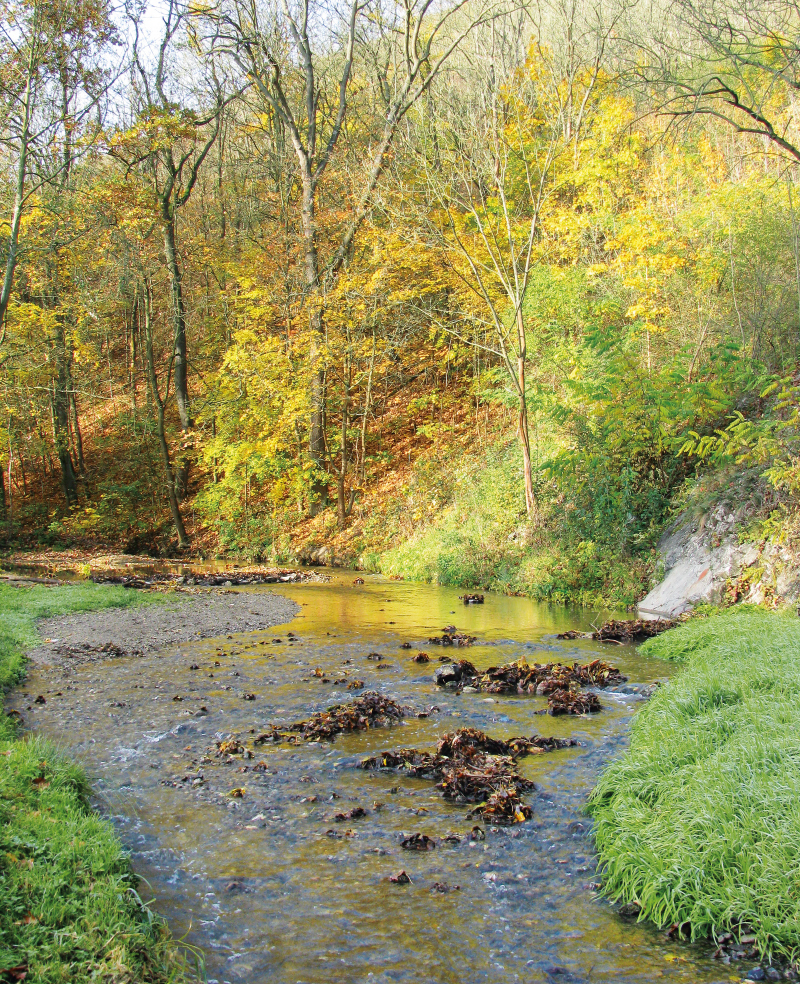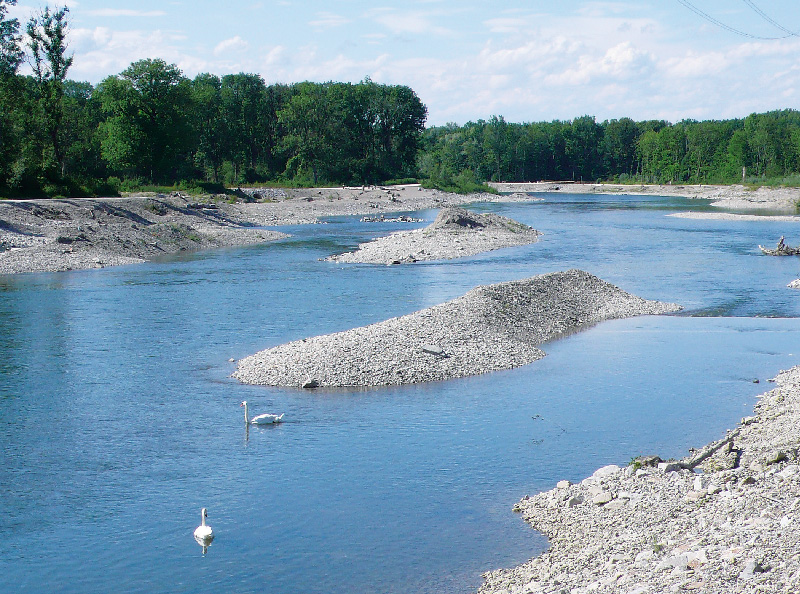Assessment of the hydromorphological status of river water bodies in the Czech Republic using HYMOS methodology
Assessment of the hydromorphological status and its elements (hydrological regime, continuity, morphological conditions) is part of the monitoring of the ecological status of water bodies. Hydromorphology, as a supporting component of biological assessment, has a significant impact on living organisms in aquatic ecosystems. Based on the Ministry’s request, a new methodology for assessing the hydromorphological status of water bodies category rivers (HYMOS) was developed within the TA CR project. This methodology takes into account new requirements and current knowledge in the field of hydromorphology, while also minimizing the drawbacks of previous methodologies, particularly regarding time and cost efficiency in the assessment process.
First experience with measurement of phosphorus retention in the Lhotsk stream using TASCC method
Eutrophication of watercourses and reservoirs, specifically the enormous phosphorus load on water, has been the biggest problem for water management in the Czech Republic for several decades. Budget models are effective support for rational solution; apart from resources, they must include the river network characterization, i.e. the retention of phosphorus in streams. A direct method for measuring phosphorus retention in watercourses under well-defined conditions, i.e. a method providing generalizable retention parameters, is fundamentally lacking and it could significantly increase the accuracy of the current models. It seems that TASCC method (Tracer Additions for Spiraling Curve Characterization) has such potential. In this article, we describe its first application in the Czech Republic, namely in the experimental basin of the Lhotsk stream (Beneov district).
Native versus invasive crayfish in the Czech Republic
A decrease in species diversity is a negative consequence of many human activities. The number of native animal and plant species is decreas-ing, their populations are shrinking or completely disappearing, the number of endangered species is increasing, and non-native species are spreading. Global problems are perhaps most evident in the example of freshwater ecosystems.
Invasions of non-native species, associated with high cultural-sociological and economic losses, are currently considered one of the most sig-nificant factors in the decline of species diversity. For these reasons, the issue of non-native species is receiving considerable attention world-wide.
There are currently six species of crayfish living in the wild in the Czech Republic, of which only two are native: noble crayfish (Astacus asta-cus) and stone crayfish (Austropotamobius torrentium). Narrow-clawed crayfish (Astacus leptodactylus) is a European species but not native to the Czech Republic. Other species – signal crayfish (Pacifastacus leniusculus), spiny-cheek crayfish (Orconectes limosus), and marbled crayfish (Procambarus fallax) come from North America and are invasive species [1, 3].
Water quality and state of aquatic invertebrate populations in small watercourses in Prague
The aim of this paper has been to evaluate the ecological status of small watercourses in the capital city of Prague by analogy to the evaluation of water bodies pursuant to Directive 2000/60/EC. A total of eight sites were selected at seven watercourses (Šárecký, Dalejský, Radotínský, Libušský, Kunratický, Botič and Rokytka Streams). Both sections that are semi-natural and those that have been restored in various ways were selected. From May 2017 onwards, annual sampling of chemical indicators took place in selected sites and a standard multihabitat method was used to take samples of aquatic invertebrates (macrozoobenthos).
Significant adverse effects of measures for the use of heavily influenced water bodies: experiences and examples from abroad
In April 2018, an international workshop was held in Brussels to assess the significance of adverse impacts of planned measures for use or wider environment of heavily modified and artificial water bodies. This issue is related to the implementation of the Water Framework Directive 2000/60/EC and the harmonization of the level of good ecological potential among EU Member States.
Characteristics determining the stability of woody debris on the example of Morava River in the Litovelské Pomoraví
Wood is an important part of streams, affecting their hydraulic, morphological and biological features. For the stream management and flood risk reduction it is important to know the characteristics that increase the stability of wood and prevent its flushing at high water stages.
